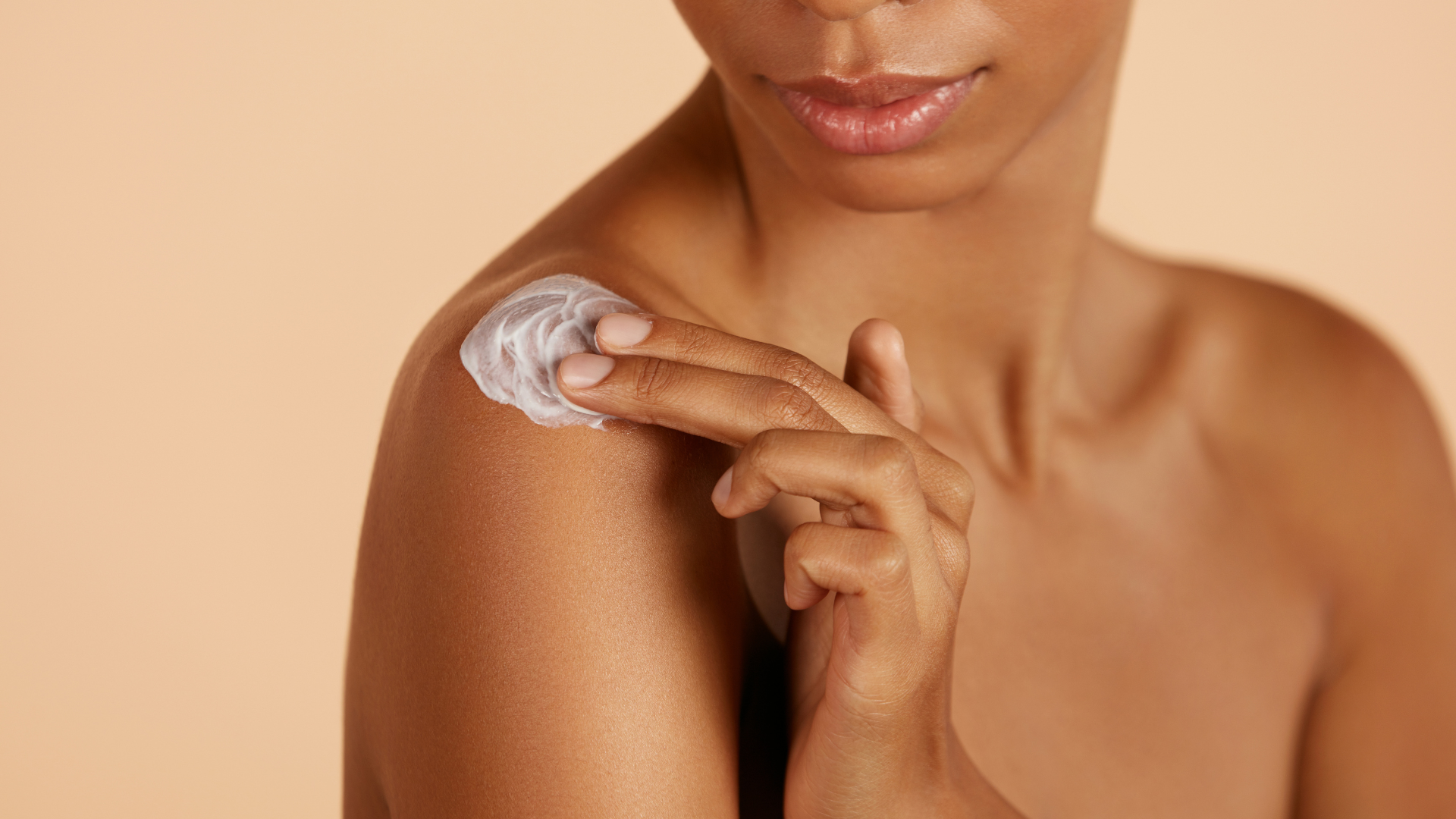The Pink Tax refers to the phenomenon where products targeted at women are often sold at higher prices than their male equivalents.
Imagine two identical products, with the only difference being that one is aimed at a male audience and the other at a female audience. There is a price difference solely for this reason. This phenomenon is particularly noticeable in sectors such as beauty products, clothing, accessories, and even personal care items. The Canadian research firm ParseHub has studied the Pink Tax. After comparing 3,199 personal care products (hair care, deodorants, razors and blades, shaving creams and lotions, and soaps and shower gels) from different retailers, the firm concluded that women pay, on average, 43% more than men for these items*.
As you can see, this is an economically discriminatory practice that has significant repercussions on women's budgets.
Where does it come from?
The origin of this tax lies in marketing strategies: companies have long exploited gender stereotypes to justify higher prices for products aimed at women. This includes additional costs for often more attractive packaging or "non-essential" additions, presented as specific enhancements for women.
Women are often encouraged to purchase products that meet specific aesthetic expectations tied to their gender. Sometimes, how these products reflect their identity is as important as the product itself. From childhood, toys are often influenced by gender stereotypes.

Later, this is reflected in marketing approaches: colors, messages, convincing arguments... From childhood to adulthood, individuals are encouraged to engage in consumption strongly marked by gender stereotypes, including price differences.
What is the impact on women's finances?
The consequences of the Pink Tax extend beyond additional costs for everyday products; they also contribute to a broader economic imbalance. According to studies, women could spend up to $2,000 more per year than men on similar products! This represents a significant financial burden, especially for women who, on average, already earn less than men.
Naturally, this reinforces existing economic inequalities: while the difference might seem modest on individual items, it accumulates over time.
Can we avoid the Pink Tax on our own?
For consumers, there are several strategies to avoid paying more for similar products. For example, taking the time to compare prices between male and female products, looking for brands that practice fair pricing, and opting for bulk purchases or gender-neutral products are ways to circumvent the Pink Tax.
By becoming aware of this issue and supporting fairer business practices, we can hope for a future where product prices are determined by quality and actual value, rather than gender.
The fight against the Pink Tax is not only an issue of economic fairness but also a step toward a more just and equal society.
Iris + Arlo uses inclusive language to express values of respect, equity, and openness, while contributing to a fairer and more representative society. We also aim to develop our brand image with a neutral color palette so that everyone can identify with Iris + Arlo and combat the gender stereotypes prevalent in advertising marketing.
Discover all our 100% organic cotton menstruals products





